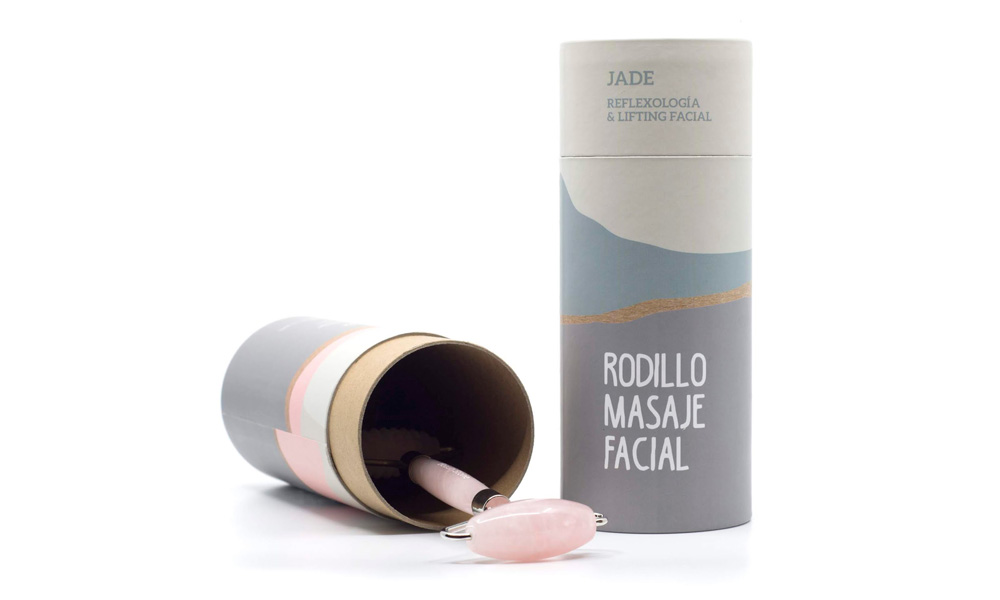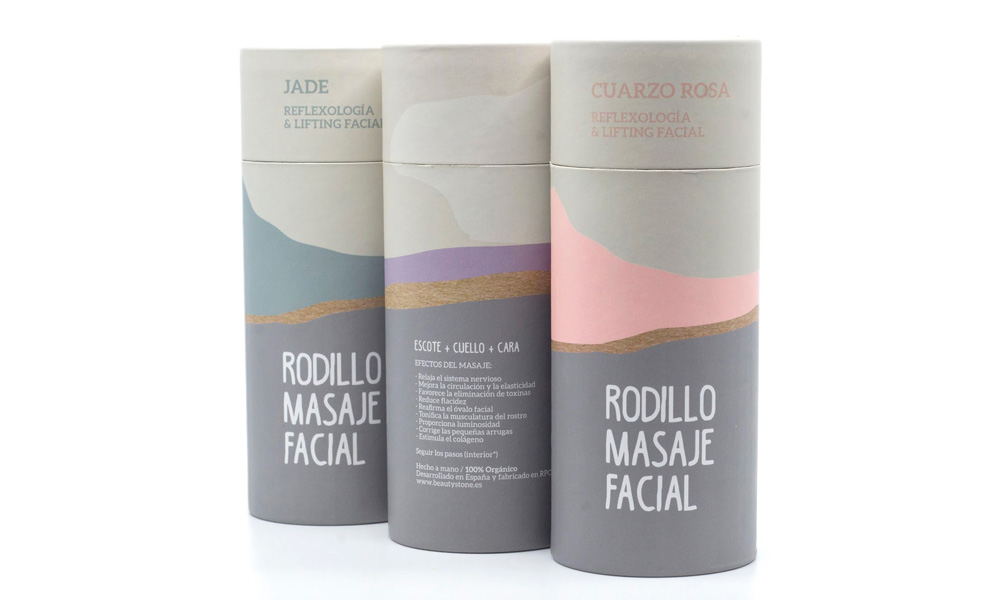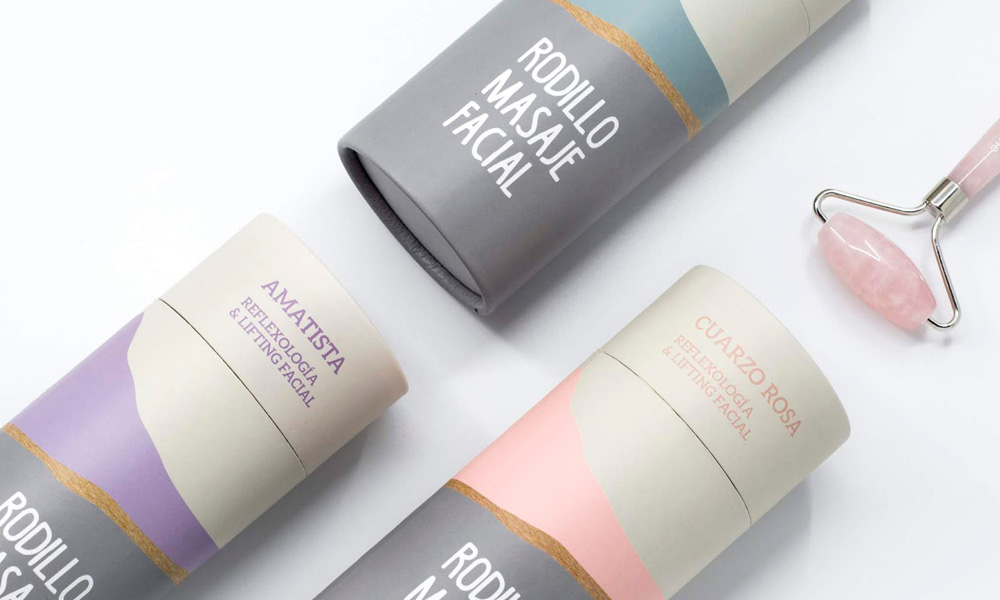The Sustainable Future of Paper Cans
Packaging
On the face of it this puts paper in a
strong position to continue to grow as the packing material of choice and be
the obvious replacement for all the plastic being removed from the supply
chain. After all, many paper-based products can be recycled up to seven times.
But paper still needs to prove its green credentials when it comes to both the
production of products and the recycling and disposal of the huge amount of
cardboard and paper we consume.
1. Introduction: The Problem with Plastic
Packaging
Plastic packaging is a problem that has
been plaguing the world for decades. It is an environmental hazard, and it has
become a major concern for many countries. The most common type of plastic
packaging is made from PET (polyethylene terephthalate), which production
produces a lot of greenhouse gases.
The paper cans packaging offers an
alternative to plastic packaging, as it can be recycled and produces less
greenhouse gas emissions. It also offers a sustainable future for the future of
paper cans.
2. What is the Sustainable Future of Paper
Cans Packaging?
The future of paper cans packaging is
sustainable. Paper cans packaging is a better option than plastic or aluminum
cans because it is more environmentally friendly and sustainable. Paper cans
packaging does not contain any harmful substances that could harm the
environment.
3. How to Make Paper Cans More Sustainable?
The paper cans recycling rate in the United
States is only at 34%. This means that there are still a lot of paper cans that
are not being recycled. In order to increase the recycling rate, there needs to
be an effort made to make them more sustainable.
One way is to add a QR code on the bottom
of the paper can. With this QR code, it will be easier for people to know how
they can recycle the paper can. Another way is for manufacturers to use less
plastic and more recyclable materials in their packaging.
4. Conclusion
The paper can is a sustainable packaging
material. It is recyclable, biodegradable and can be made from recycled
materials. Paper cans are also cost-effective as they reuse paper that would
otherwise go to waste.
The future of paper cans is bright. With
new technologies and innovations, the paper can will be able to keep up with
the changing needs of society and maintain its sustainability.
Together the top 15 nations consumed over
301 million metric tons of paper and cardboard products in 2016. China consumed
over 106 million metric tons alone, while the US used almost 71 million metric
tons. However, the United States consumed much larger volumes per person at 229
kilograms per capita, while China used about 74 kilograms per capita. In terms
of usage, the rest of the world trails in comparison to China and the US, with
Japan consuming almost 26.5 million metric tons, Germany using over 20.5
million metric tons and the UK 8.6 million metric tons. By comparison emerging
markets are even farther behind, with usage in India at 13.5 million metric
tons, whilst Indonesia is 7.7 million metric tons.
The global green packaging market is
anticipated to reach $237.8 billion by 2024, at a compound annual growth rate
(CAGR) of 5.7% from 2016 to 2024. In terms of revenue, the recycled content
packaging segment is projected to grow at a rate of 5.2% over the same period.
The North American market is anticipated to exceed $70.4 billion by 2024, while
Europe is projected to witness a remarkable 5.5% annual growth rate owing to
increasing demand from the healthcare sector. Outside the US and Europe, Asian
countries, especially India and China, are also expected to see strong growth
in the coming years.
 English
English Español
Español Português
Português Pусский
Pусский Français
Français Deutsch
Deutsch 日本語
日本語 한국어
한국어 Italiano
Italiano عربى
عربى



